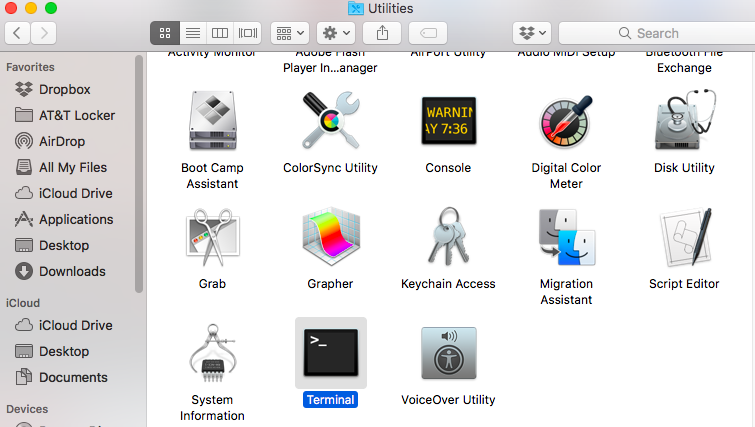
- #How to zip a file on mac command line how to
- #How to zip a file on mac command line mac os x
- #How to zip a file on mac command line mac os
- #How to zip a file on mac command line install
Your email address will not be published. But if all you’re searching to do is extract a file there is not much more to do than a simple unzip command. You can aslo add paths and other info if you want to. However, unzipping from the command line is quite easy, using the easy ‘unzip’ command: Enter ‘zip’ as usual then drop in the file(s) to compress in the Terminal window. Then you can also create the Zip archives from the command line simply by using the terminal command ‘zip’ with the following syntax:Īnother easy method to create an archive from the command line is to use the Terminal’s drag & drop support. If you don’t want to use the standard Finder and file system approach. Then the incoming extracted folder would be named “ZippedSample” in that same ~/Downloads/ directory. Or else control-tap with keyboard, or two-finger tap on a trackpad from the Mac.Įxtracting zip files is very easier, you just double-tap on the archive and it will automatically expand with Archive Utility in the same folder the archive is saved in.įor instance, when you extract an archive named “ZippedSample.zip” in the ~/Downloads/ directory.
#How to zip a file on mac command line mac os
However, it works in all variants of Mac OS X, and you can then access the compress item option from a right-tap with a mouse.

If you zipped more than one file, then the archive will be named “Archive.zip”, and if several archives are created, they will be named “Archive 2.zip” and so on so forth. When each file is being zipped, the zip archive maintains the standard file name but adds its.
#How to zip a file on mac command line install
lots of files without messing with or install overly difficult software.

Zip file is created and save in the current working directory. Select the files you want to zip, and right click on their selection. Locate the files or folders you want to archive using Mac Finder.
#How to zip a file on mac command line how to
#How to zip a file on mac command line mac os x
Let’s take a look: Create Zip File On Mac OS X If you don’t know how to create zips on the Mac, you can do it quickly. You don’t want to install extra software or add-ons to instantly create zips and compress either each file, a group of files, or a whole folder.

But with the help of compression tools built directly into Mac OS X. Well, making a zip archive on a Macis very simple or easy. To do this, open Spotlight on your Mac (Command+Space), and search for “Archive Utility.Ever wondered how to create a zip file or folder in Mac OS X? If you are looking for it then you are in the right place. How to Change Archive Utility SettingsĮven though Archive Utility has no visible UI, you can change some of its settings. If it was a single file, you’ll see that the file will return to its original state, with the name intact. If you are decompressing a folder or a Zip file that contained multiple files, it will show up as a folder with the same name as the archive. The file compressed with tar (e.g., x25) should be extracted. Simply type Zip and want to unzip the file, the files you want to unzip e you would type: unzip myzip. Myzip is an archive name you may wish to search for. After several seconds, the file or the folder will decompress in the same folder. To unzip your files, go to the Tools menu and click Unzip File. Navigate to the archive in the Finder app and double-click the Zip file. It doesn’t matter if it’s a Zip file that you downloaded on the internet or something that you compressed yourself. You can now move the compressed Zip file to another folder or send it along as an email attachment. RELATED: The Fastest Ways to Rename Files on macOS If you compressed multiple files, you’ll see a new file with the name “Archive.zip.” You should rename the file to make it easier to find. If you compressed a single file or folder, the archive will carry the same name, with a “.zip” extension. Once the compression process is finished, you’ll see a new compressed file in the same folder.


 0 kommentar(er)
0 kommentar(er)
